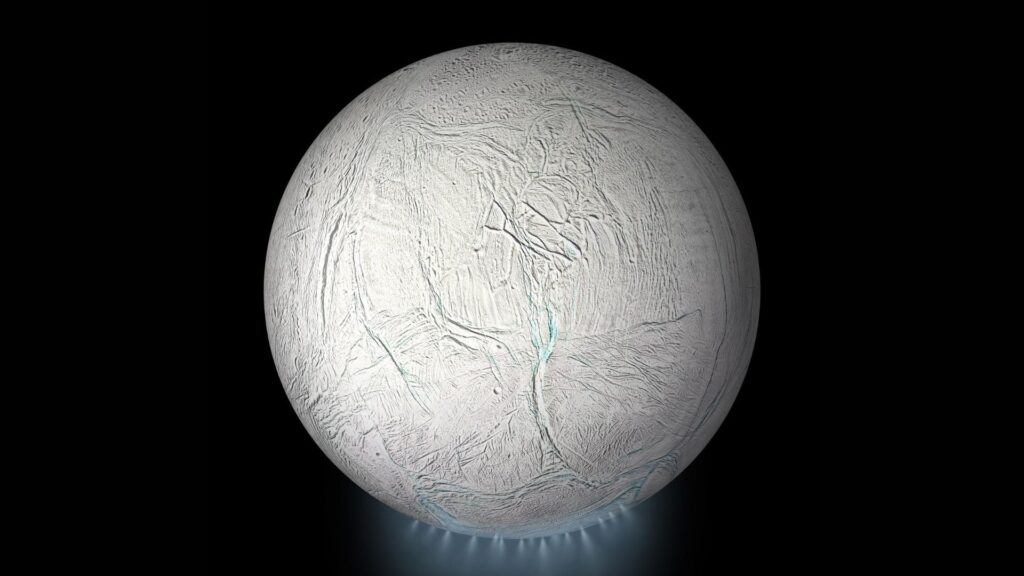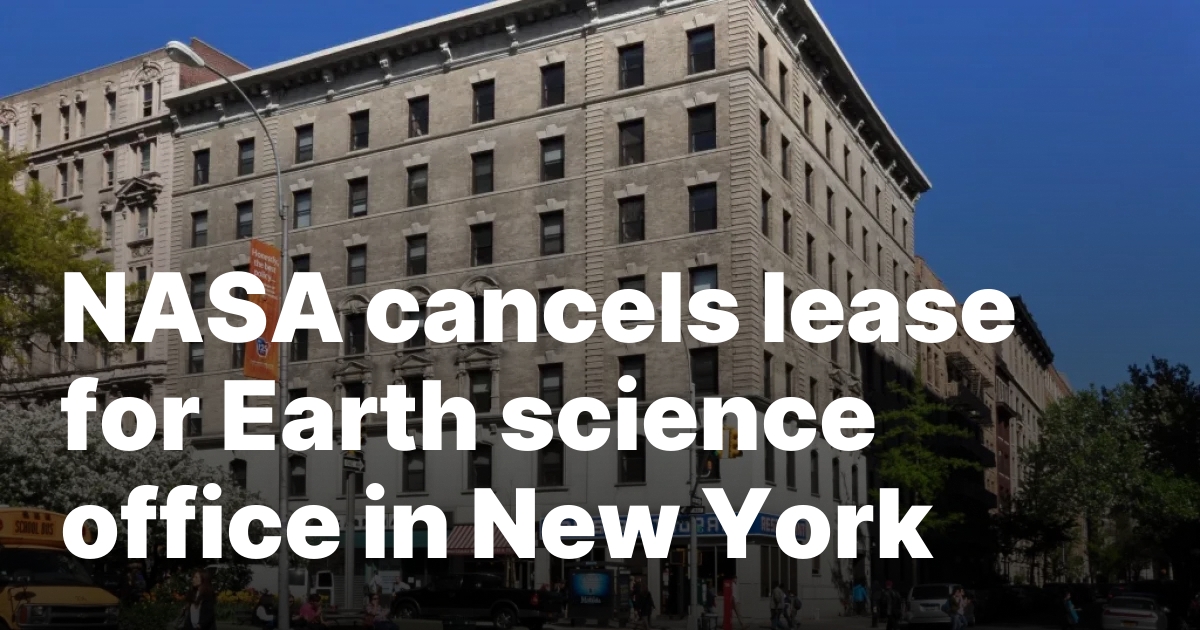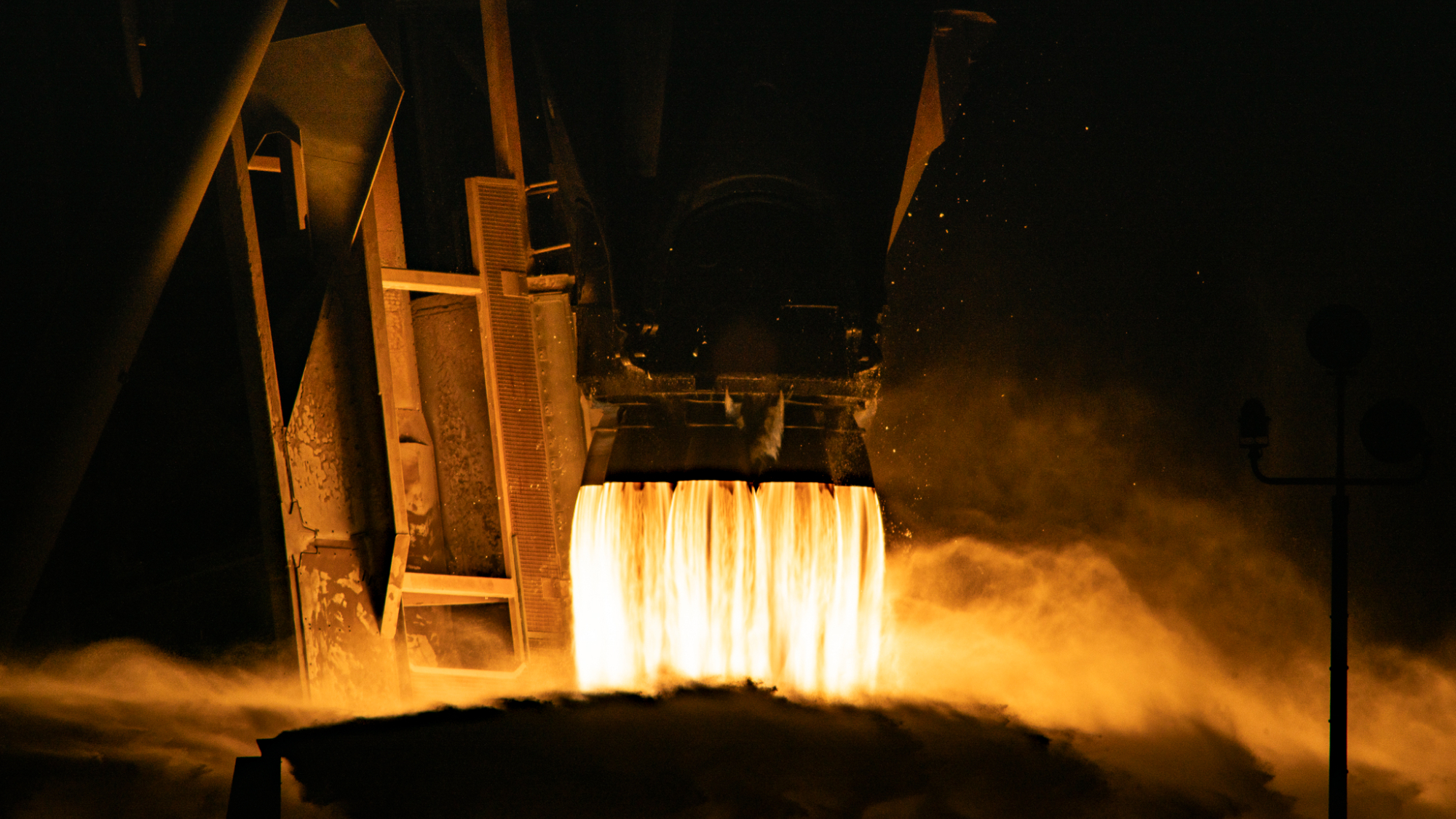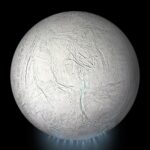Now Reading: Hubble Telescope snaps stunning portraits of Mars, a celestial moth and more in spectacular 35th anniversary photos
-
01
Hubble Telescope snaps stunning portraits of Mars, a celestial moth and more in spectacular 35th anniversary photos
Hubble Telescope snaps stunning portraits of Mars, a celestial moth and more in spectacular 35th anniversary photos
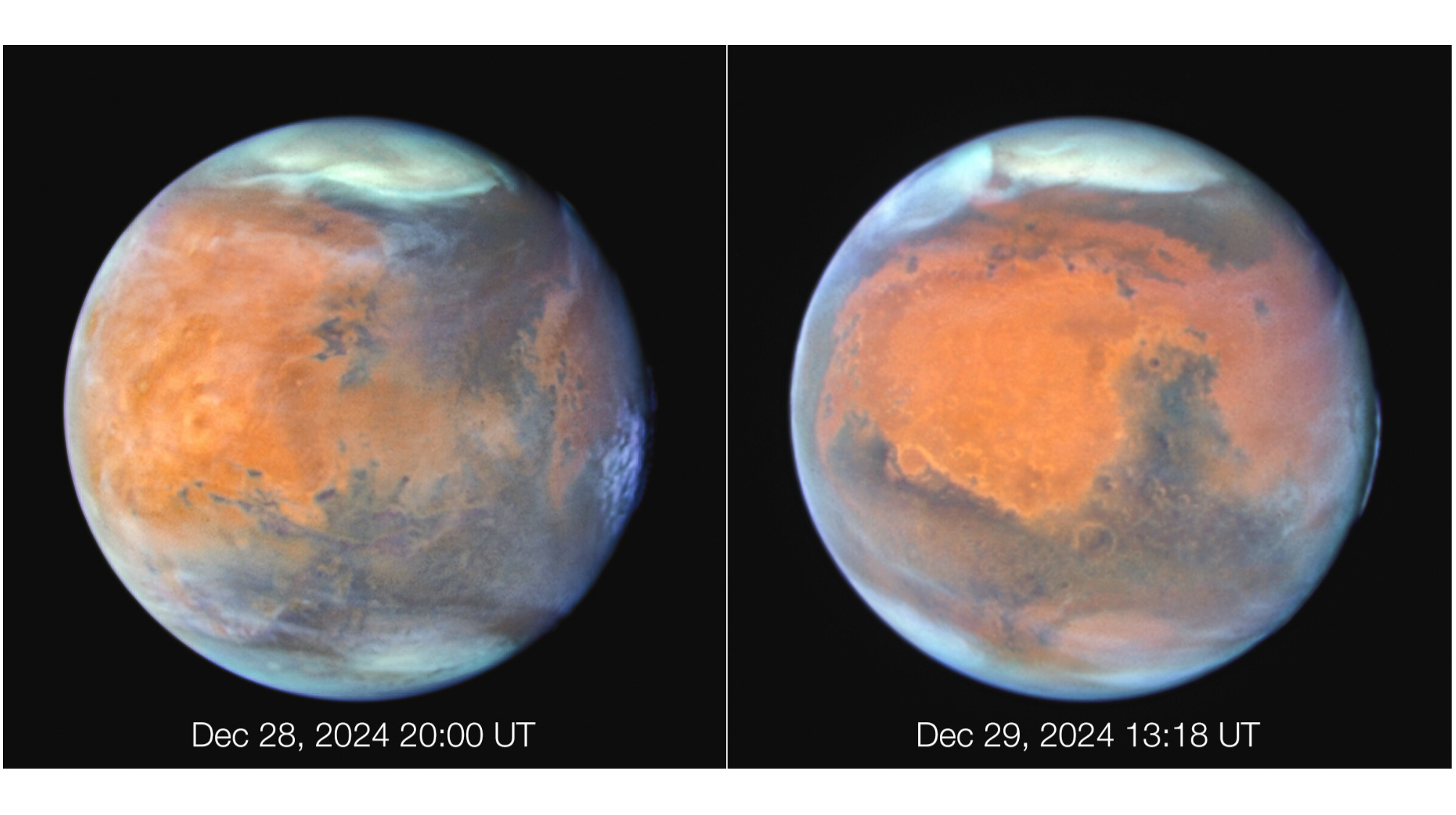
As scientists and space enthusiasts commemorate the Hubble Space Telescope’s 35 years in orbit, the mission team joined in by delivering a fresh collection of awe-inspiring images.
Launched on April 24, 1990 aboard the space shuttle Discovery, the Hubble Space Telescope was designed to observe the universe with unprecedented clarity and detail while orbiting above our planet’s distorting atmosphere, allowing it to eye celestial wonders 10 times better than the ground-based telescopes of the time.
Three and a half decades later, the observatory has made nearly 1.7 million observations that have led to more than 22,000 scientific papers. It has amassed over 400 terabytes of archived data and continues to be highly sought after by astronomers, with observing time oversubscribed by a factor of six.
“Hubble’s legacy is the bridge between our past and future knowledge of a universe that is unbelievably glorious, as well as rambunctious,” officials with the European Space Agency (ESA), which operates Hubble jointly with NASA, said in a recent statement. “Before Hubble, no generation ever had access to unimaginably vibrant views of space, stretching almost all the way back to almost the beginning of time.”
The newly released snapshots cover a variety of wonders — from seasonal changes on Mars to stars sculpting their environment into celestial art. They were selected specifically to commemorate the 35th anniversary, according to the statement.
A frosty portrait of Mars
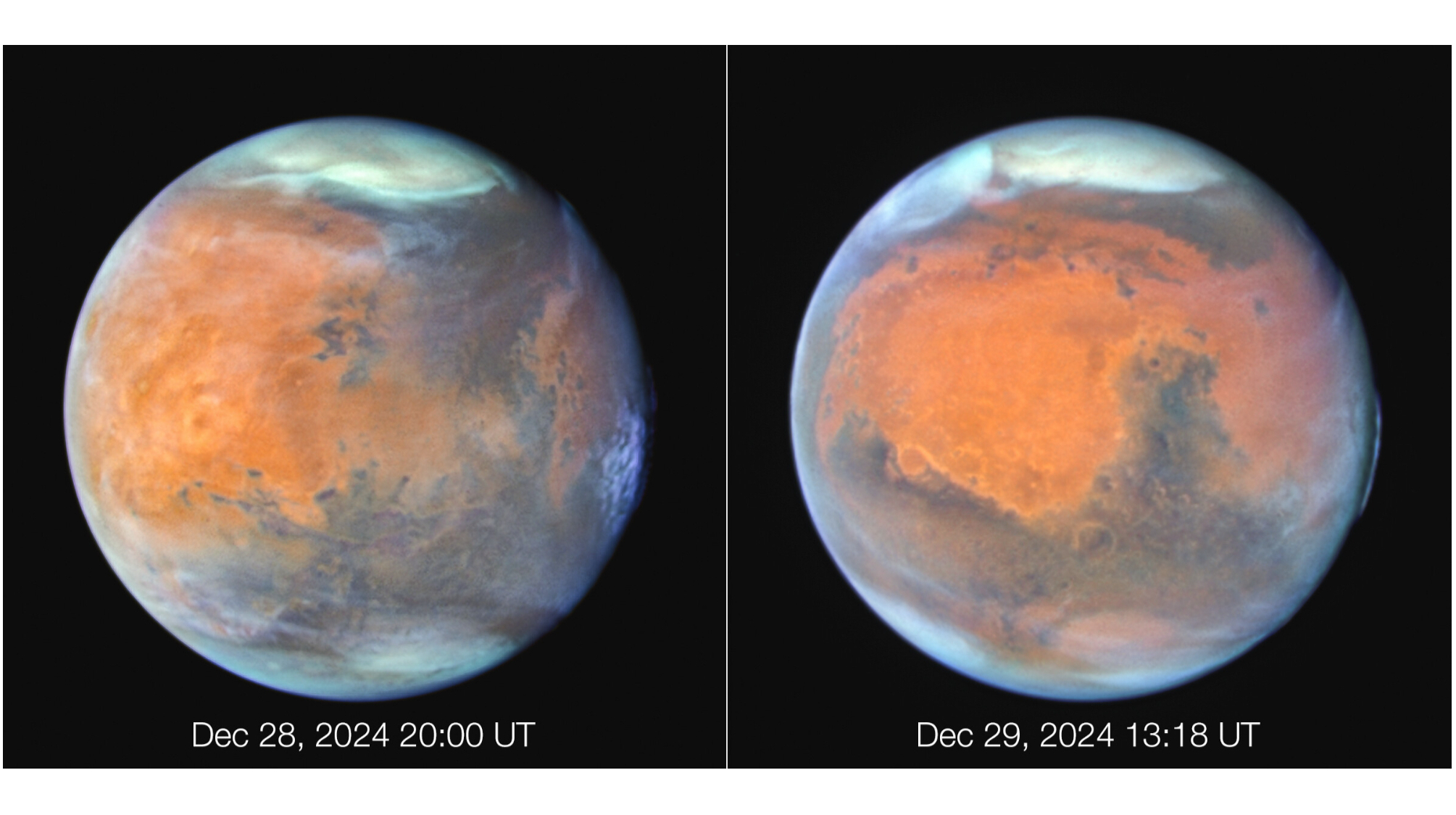
Hubble’s newly released views of Mars reveal a frosty Red Planet, its atmosphere veiled by thin water-ice clouds that stand out in ultraviolet light.
Captured last December when Mars was approximately 60 million miles (98 million kilometers) from Earth, the snapshots align with the arrival of spring in the planet’s northern hemisphere, according to the ESA statement. During Martian winter, atmospheric carbon dioxide freezes and forms a thick ice layer on the northern polar cap, which then sublimates as spring temperatures rise, leaving behind a much smaller pocket of ice at the pole.
The left image features the expansive Tharsis plateau and its chain of dormant volcanoes, including the colossal Olympus Mons, which can be seen towering above the Martian clouds.
The right view reveals high-altitude evening clouds along the eastern limb and the distinct “shark fin” shape of Syrtis Major in the southern hemisphere.
Related: Mars: Everything you need to know about the Red Planet
A dying star sculpts a celestial moth

This image showcases NGC 2899, a moth-like planetary nebula that resides roughly 4,500 light-years away in the southern constellation Vela.
This glowing cloud, colored by hydrogen and oxygen, is sculpted by powerful winds and radiation from a supremely hot, dying star at its center. Astronomers suspect that two companion stars might also be involved in shaping the gas. The image reveals two pinpoint-like white stars near the center, with a blue orb slightly below and to the right.
Notably, most of the gaseous “pillars” within the nebula all point back toward these stars, according to the statement.
Monster dark clouds dance in the Rosette Nebula
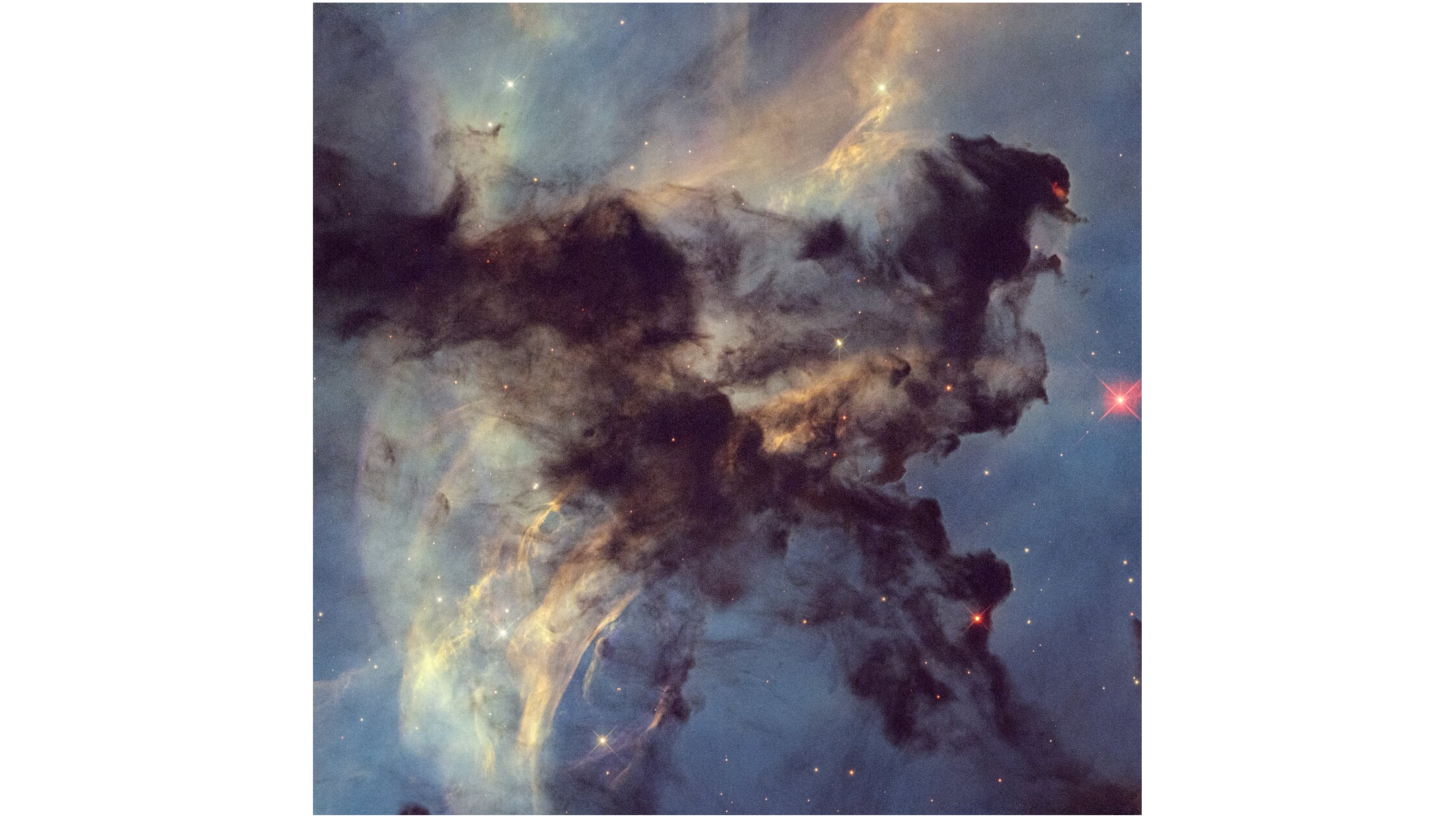
This is a breathtaking close-up of a small but dynamic region within the Rosette Nebula, a stellar nursery roughly 5,200 light-years from Earth. Silhouetted against the nebula‘s luminous backdrop are stark dark clouds made of hydrogen gas interwoven with dust.
These dense clouds are not static, but are actively being sculpted and eroded by the intense radiation blasted from the energetic cluster of large stars residing at the nebula’s heart, known to astronomers as NGC 2244.
A young star embedded within the tip of a prominent dark cloud in the upper right of the frame is actively expelling powerful jets of superheated plasma. These high-speed streams of charged particles are colliding with the surrounding cold, dense cloud material, creating a shock wave that heats the gas and causes it to glow with a distinct red hue. Other, paler hues wisping across the background indicate the presence of hydrogen, oxygen and nitrogen gases within the nebula, ESA officials said.
Several bright red and purple stars are scattered across the right side of the image, with the largest one positioned prominently at the right edge. While the Rosette Nebula spans 100 light-years, this view covers just four light-years, according to the statement.
Related Stories:
Gorgeous spiral galaxy with patchy starbirth swirls through space
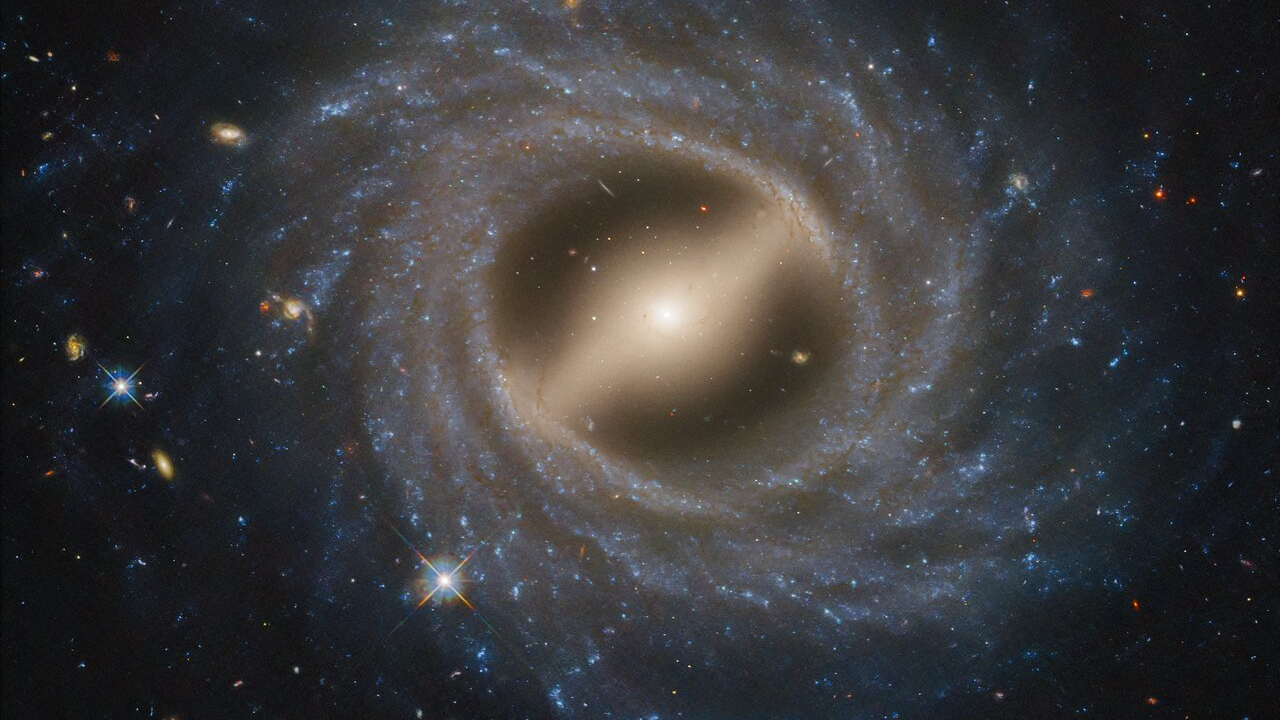
This stunning face-on image showcases the barred spiral galaxy NGC 5335 swirling about 225 million light-years away in the constellation Virgo.
This galaxy exhibits what astronomers call a “flocculent” structure, with patchy bursts of star formation scattered across its disk, according to the statement.
Unlike many spiral galaxies, including our own Milky Way, NGC 5335 doesn’t feature well-defined arms. The fainter structures that do exist in NGC 5335 spiral counterclockwise as they extend outward from the galactic center.
A prominent bar of stars and gas cuts across the galaxy’s bright center, funneling material inward to fuel the birth of new stars. These galactic bars are temporary features that form and dissolve over billions of years, and are found in about 30% of galaxies, according to the statement.
Stay Informed With the Latest & Most Important News
Previous Post
Next Post
-
 012024 in Review: Highlights from NASA in Silicon Valley
012024 in Review: Highlights from NASA in Silicon Valley -
 02Panasonic Leica Summilux DG 15mm f/1.7 ASPH review
02Panasonic Leica Summilux DG 15mm f/1.7 ASPH review -
 03How New NASA, India Earth Satellite NISAR Will See Earth
03How New NASA, India Earth Satellite NISAR Will See Earth -
 04And Thus Begins A New Year For Life On Earth
04And Thus Begins A New Year For Life On Earth -
 05Astronomy Activation Ambassadors: A New Era
05Astronomy Activation Ambassadors: A New Era -
06SpaceX launch surge helps set new global launch record in 2024
-
 07Space Force plans new ‘Futures Command’ amid pressure to speed up modernization
07Space Force plans new ‘Futures Command’ amid pressure to speed up modernization













